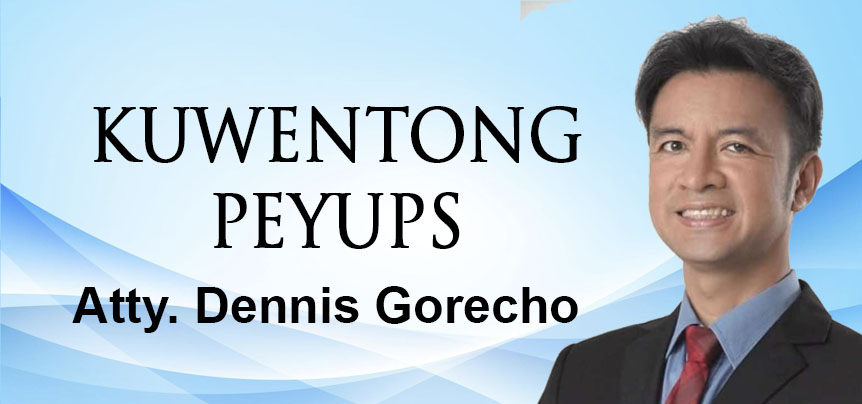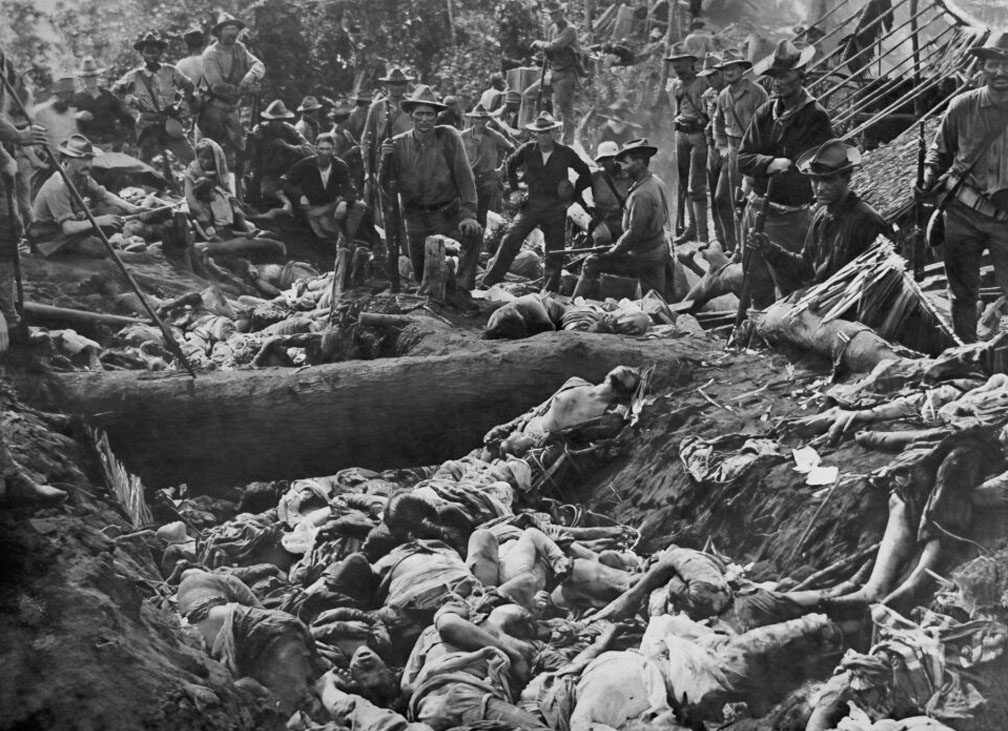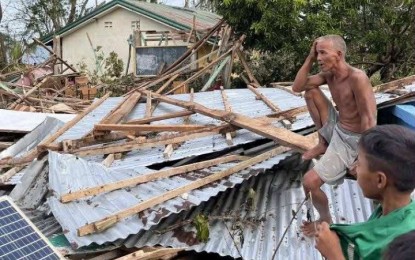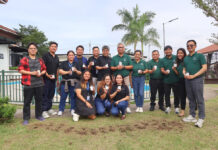The Bud Dajo massacre in Jolo was carried out under the command of General Leonard Wood, the same figure who clashed with the Filipino nationalist leadership, including Manuel L. Quezon, as they advocated for independence in the U.S.
Wood is a key figure in Philippine history: as governor of the Moro province from 1903 to 1906, when the Bud Dajo massacre in Jolo happened and later as the Governor General from 1921 to 1927 when Manuel Quezon was galvanizing his political clout.

Wood was a major character in the 2025 historical biopic film “QUEZON” directed by Jerrold Tarog with Jericho Rosales in the lead role as Quezon.
The film focuses on the political rivalries and alliances of Quezon during the American occupation as he fights for Philippine independence while navigating the complex political landscape, leading up to the 1935 elections.
It is the concluding installment of the “Bayaniverse” trilogy, following “Heneral Luna” (2015) and “Goyo: Ang Batang Heneral”(2018) topbilled by John Apacible and Paolo Avelino, respectively.
The film depicts the real-life political struggle between Quezon and Wood during the latter’s term as Governor-General. Their clash was a pivotal event that showcased the differing visions for the Philippines’ future under American rule.
Wood was known for his opposition to granting immediate independence to the Philippines, believing the country was not yet ready. His policies often clashed with those of Filipino leaders who advocated for greater autonomy and self-governance.
Wood also had a significant part in the so called Bud Dajo massacre in Jolo, which was featured in Sari Dalena’s “Cinemartyrs” as one of the official full length film entries of the 2025 Cinemalaya Independent Film Festival.
The 104-minute docudrama is based on Dalena’s 2001 feature directorial debut, “Memories of a Forgotten War” about the forgotten massacres during the Philippine-American War.
The film follows a young filmmaker (Nour Hooshmand) who travels to a massacre site in Jolo to shoot a documentary. The film explores themes of memory, war, womanhood, and Philippine history, while also paying tribute to female filmmakers in Philippine cinema.
As she visits present-day war-torn locations with her crew, they find themselves haunted by the spirits of those who perished in the massacres.
The Battle of Bud Dajo was a counterinsurgency action conducted by the American military under Wood against the Moro people in March 1906 during the Philippine Insurrection in Mindanao.
Wood was the American governor and military chief of the province from 1903 to 1906 who imposed a number of rules for the Moros (mostly Tausugs) to follow that include to give up their arms, give up slavery, register their land, mark their cattle, send their children to school and to start paying the cedula.
The Tausugs fled their villages and were led by seven datus who refused to comply with Wood’s policy stating that it was their land and why should they submit to a foreign entity.
Wood ordered his forces to ‘Kill or capture those savages!” and destroy a number of fortified encampments on the mountains, including those inhabited by Tausugs in the edge of the 2,000-foot volcano in Bud Dajo in Jolo.
American soldiers made a surprise attack on a wedding. The armed confrontations went on for three days, resulting in the deaths of more than a thousand Tausugs , including women and children.
A scene from Cinemartyrs showed a surviving photograph of the incident taken on March 8, 1906 by Aeronaut Gibbs that showed American soldiers proudly standing over trench overflowing with corpses of dead Moros scattered like rag dolls.
The unmistakable form of a woman’s body, head thrown back as if in agony, can be seen. Her right breast is exposed, and a swaddled infant is lying by her side, the small head resting in her lap.. Arms and legs and faces emerge from the shapeless piles in the foreground of the image.
The conflict and the massacre became a symbol of the tensions between American colonial rule and Filipino aspirations for self-determination, which was a central theme of Quezon’s political career.
The Americans called this a rebellion. For the Moros, they were simply protecting themselves from American intrusion into their homeland.
Bud Dajo has faded into obscurity. But not all memories resist silence. Some stay buried until someone chooses to give them life again.
In conversing with history through film, Dalena said : “The genocide is mirroring. I want to amplify that the horrors of war are happening again and again and again”.
Dalena was cited as Best Director for “her bold and visionary authorship that fuses cinema, history, and haunting memory into a singular act of resistance; for reclaiming women’s voices within the nation’s buried traumas through guerrilla filmmaking that is both mystical and political.”
The film also won the Special Jury award and Best Musical scoring. Dalena is film professor from the University of the Philippines.
Photo of the Bud Dajo trench taken March 8, 1906 by Aeronaut Gibbs
(Peyups is the moniker of the University of the Philippines. Atty. Dennis R. Gorecho heads the Seafarers’ Division of the Sapalo Velez Bundang Bulilan Law Offices. For comments, e-mail info@sapalovelez.com, or call 09175025808)





















